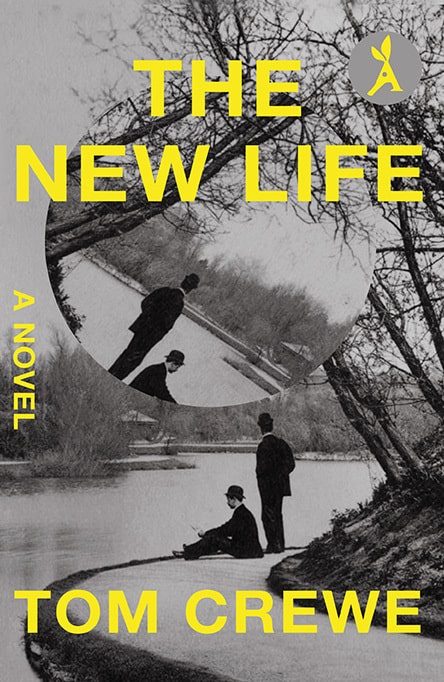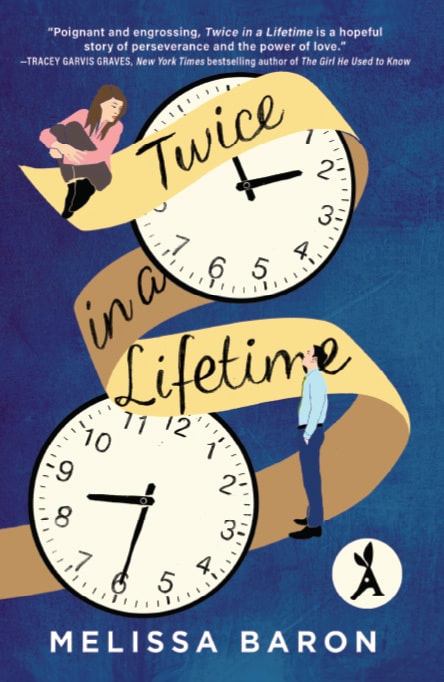The year is 2050. Ava and her girlfriend live in what's left of Brooklyn, and though they love each other, it's hard to find happiness while the effects of climate change rapidly eclipse their world. Soon, it won't be safe outside at all. The only people guaranteed survival are the ones whose applications are accepted to The Inside Project, a series of weather-safe, city-sized structures around the world.
Transphobia, death, confinement.
Jacqueline Millender is a reclusive billionaire/women’s rights advocate, and thanks to a generous donation, she’s just become the director of the Inside being built on the bones of Manhattan. Her ideas are unorthodox, yet alluring—she’s built a whole brand around rethinking the very concept of empowerment.
Shelby, a business major from a working-class family, is drawn to Jacqueline’s promises of power and impact. When she lands her dream job as Jacqueline’s personal assistant, she’s instantly swept up into the glamourous world of corporatized feminism. Also drawn into Jacqueline’s orbit is Olympia, who is finishing up medical school when Jacqueline recruits her to run the health department Inside. The more Olympia learns about the project, though, the more she realizes there’s something much larger at play.
When Ava is accepted to live Inside and her girlfriend isn’t, she’s forced to go alone. But her heartbreak is quickly replaced with a feeling of belonging: Inside seems like it’s the safe space she’s been searching for… most of the time. Other times she can’t shake the feeling that something is deeply off. As she, Olympia, and Shelby start to notice the cracks in Jacqueline’s system, Jacqueline tightens her grip, becoming increasingly unhinged and dangerous in what she is willing to do—and who she is willing to sacrifice—to keep her dream alive.
At once a mesmerizing story of queer love, betrayal, and chosen family, and an unflinching indictment of white, corporate feminism, Gabrielle Korn’s Yours for the Taking holds a mirror to our own world, in all its beauty and horror.
Don't just take our word for it...
“An alluring story of a feminist dystopia… Korn’s conceits are as provocative as her characters are well-rounded. Readers will eat up this distinctive work of climate fiction.”
– Publishers Weekly
“Gatekeeping girlboss insidiousness, climate injustice and ecological inequality, love in the time of perpetual apocalypse—Korn’s thrilling work of speculative fiction, about billionaire-funded bubbles designed to seal off select people from inhospitable living conditions, trains a big, queer black mirror on the sociopolitical iniquities of our time.”
– Electric Literature
“Gabrielle Korn had me at feminist dystopia, but her layered, intriguing storytelling made the end of the world entirely her own. I stowed myself in a bunker and read Yours for the Taking in less than a day.”
– Amanda Montell, author of Cultish: The Language of Fanaticism
Taste the very first page
The Inside Project started with the best intentions.
At least, that is what I choose to believe, even knowing what I know now, even knowing that the very idea of Inside was based on the notion that some people are worth saving and some are not. Perhaps what went wrong Inside was a natural extension of that inherently broken belief system, making the destruction and chaos inevitable. Perhaps Inside’s flaws were a natural con- sequence of trying something new, and we all became stronger because of what went wrong and what we learned from it. Perhaps it’s much more com- plicated than that, and impossible to look at from a binary perspective, in black-and-white terms, or even good versus evil.
We can’t understand what went wrong without first understanding why Inside was developed in the first place. It was a last resort: the planet was quickly becoming uninhabitable.
In New York, decades of unending natural disasters had pummeled what used to be Long Island, Queens, and most of Brooklyn into nonexistence so that the east side of Manhattan looked out directly onto the Atlantic Ocean. There were endless floods and tsunamis. Hurricane winds had knocked out the windows of nearly every skyscraper. Then there was, of course, the heat. Every day, it was only getting hotter.
It wasn’t just the coastal regions of America that had been transformed by the weather, it was everywhere. Many people had moved toward the middle of the country, until the worsening storm situation made that unlivable, too (“Tornado Alley,” it used to be called, until the alley became more of a highway, and then more of a parking lot, where tornadoes were so frequent that people stopped rebuilding their homes and moved away). Others had….
You might also like
MysteryDebut NovelEarly ReleaseSeries DebutIncludes a Dog
A Half-Baked Murder
Combining French luxury and THC, Baked by Chloe will take pot brownies to another level. That is, until a creepy past acquaintance rehashes old drama and shockingly turns up dead—landing Aunt Dawn as the number one murder suspect.
ThrillerMysteryContemp FictionDebut NovelLGBTQIA+
Liar, Dreamer, Thief
A young woman’s carefully constructed fantasy world implodes in this brilliantly conceived novel that blurs distinctions between right and wrong, comedy and tragedy, imagination and reality.
The Dream Builders
Written from the perspectives of ten different characters, Oindrila Mukherjee’s incisive debut novel explores class divisions, gender roles, and stories of survival within a society that is constantly changing and becoming increasingly Americanized
RomanceLiterary FictionHistorical FictionDebut NovelLGBTQIA+Award Winning
The New Life
A brilliant and captivating debut, in the tradition of Alan Hollinghurst and Colm Tóibín, about two marriages, two forbidden love affairs, and the passionate search for social and sexual freedom in late 19th-century London.
Desert Creatures
In a world that has become treacherous and desiccated, Magdala has always had to fight to survive. At nine years old, she and her father, Xavier, are exiled from their home, fleeing through the Sonoran Desert, searching for refuge.
ThrillerDebut NovelCrimeIncludes a Dog
All the Dark Places
A savage murder rocks a quiet Massachusetts suburb, revealing the dark secrets at the center of a group of friends in this stylish debut thriller for fans of Megan Miranda and Shari Lapena.
RomanceContemp FictionDebut Novel
Twice in a Lifetime
The Time Traveler’s Wife meets Oona Out of Order in this imaginative and moving debut novel of a love more powerful than time.
Contemp FictionDebut NovelHumour
None of This Would Have Happened If Prince Were Alive
Perfect for fans of Maria Semple and Jennifer Weiner, this smart and witty debut novel follows Ramona through the forty-eight hours after her life has been upended by the discovery of her husband’s affair and an approaching Category Four hurricane.
Aesthetica
In a debut novel as radiant as it is caustic, a former influencer confronts her past—and takes inventory of the damages that underpin the surface-glamour of social media.
Contemp FictionDebut NovelIncludes a Cat
Meredith, Alone
Will have you laughing and crying as Meredith, after spending three years inside her house, figures out how to rejoin the world one step at a time.
RomanceMysteryDebut NovelSeries DebutIncludes a Dog
The Socialite’s Guide to Murder
The hotel was her refuge, but scandal is afoot—and a killer stalks the halls in this charming series debut perfect for fans of Rhys Bowen and Ashley Weaver.
RomanceContemp FictionDebut Novel
Closer to Okay
Weaving culinary delights with an honest, appraising look at how we deal with the world when it becomes too much, Closer to Okay is the comfort food we all need in these, well, crazy times.
Literary FictionSci-fiMysteryDebut NovelAward Winning
Singer Distance
The odds of the planet next door hosting intelligent life are—that’s not luck. That’s a miracle. It means something.
MysteryContemp FictionDebut Novel
The Marsh Queen
Loni must decide whether to delve beneath the surface into murky half-truths and either avenge the past or bury it, once and for all.














